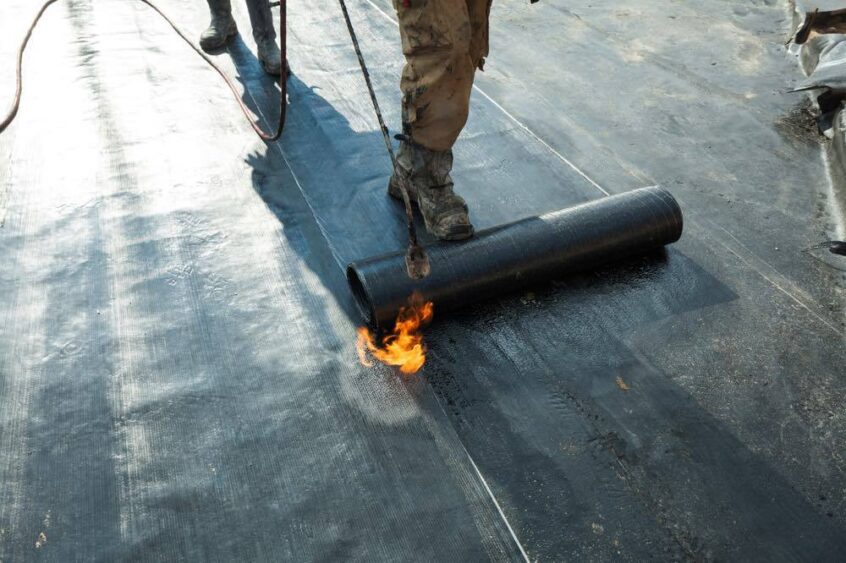Our Guide To Commercial Flat Roof Replacements
No matter how well you care for your roof, eventually it will need replacing. There are, of course, many things you can do to keep that day at bay: perform regular inspections, fix small problems as they arise, and keep it clean and clear of debris.
But sooner or later, a commercial roof will need replacing. And if you have a flat roof, there are specific things you’ll need to consider. The more you pay attention to the following points, the longer your flat roof will last.
So here’s a short guide of things you’ll need to keep in mind for a flat roof replacement.
SLOPE OF YOUR ROOF
Even though flat roofs are, well, flat, they are still built on a gradual slope. In a place like Maple Ridge where winters are long and wet, this is something to carefully consider. One of the biggest problems with flat roofs is that water can pool, especially without an adequate slope and this means that small leaks can quickly become severe.
The previous standard for slopes was 1/8″ per foot, and you’ll still find this common with older flat roofs. However for new builds and replacements, it is generally recommended that the slope be a minimum of 1/4″ per foot.
DRAINAGE IS IMPORTANT
Drainage goes hand in hand with slope, good drainage is important to increase the life span of a flat roof. Creating an adequate drainage system will differ from building to building, especially with our Vancouver weather we have here. Consider the type of system you want or need, whether you’ll utilize internal drains, scuppers or gutters and downspouts and how much water it will have to handle each season.
THE HIGHER THE R-VALUE THE BETTER
The R-value is the capacity of an insulating material to resist heat flow. The higher the R-value, the greater the insulating power. The R-value of your roof will affect your heating and cooling costs. It is also a way to address inadequate slope — you can use tapered insulation to alter the slope without structurally altering it.
WIND UPLIFT CAN HELP WITH STRONG WINDS
So much of a roof’s integrity depends on the quality of materials used and how well they can withstand weather forces. When it comes to wind, the suction effect ends up pulling the roof system away from the structure. Depending on the construction of the flat roof, the rule of thumb is that the better the quality of material, the better it will hold up under the pressure of strong winds.
PROPER ROOF MAINTENANCE IS KEY
Another thing that needs to be considered when undergoing a flat roof replacement is what an awful and costly inconvenience it is. There are many factors that might lead to needing to replace a flat roof, but there are also preventative measures one can take in order to put it off for as long as possible. This includes proper maintenance and any responsible building owner should put this at the top of the priority list.
Proper maintenance includes having annual inspections by a professional roofer to identify any potential problems; keep the roof free and clear of any debris; pruning any nearby trees that could cause problems in bad weather; and fixing small problems as they arise before they become catastrophic.
And there you have it. By considering the aforementioned roofing areas, your roof replacement shouldn’t be too traumatizing. Remember that especially with flat roofs, it’s best not to cut any corners, to use high quality materials, to hire licensed roofers, and to properly care for your roof throughout the year.
If you have any questions about your roof, give us a call!



